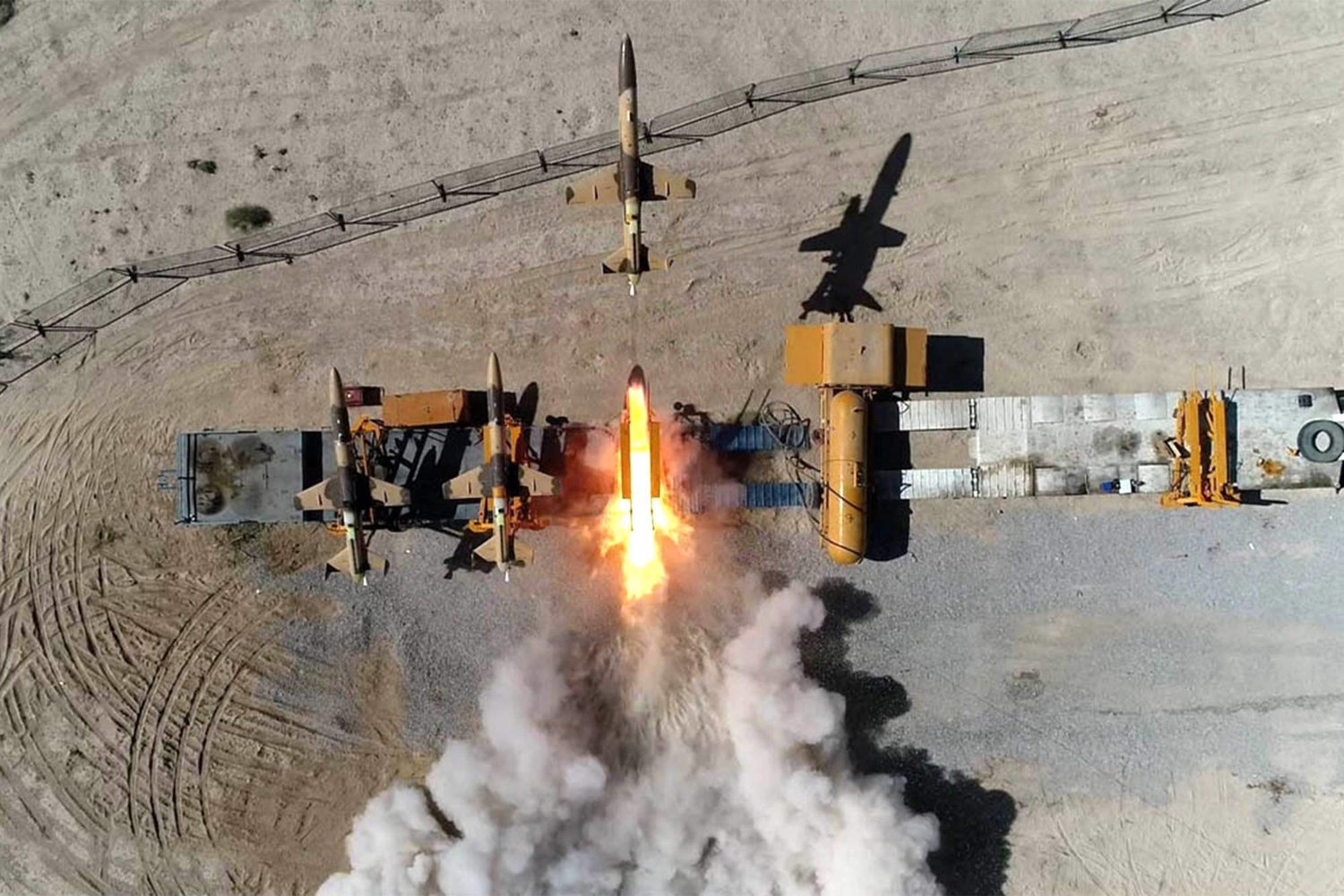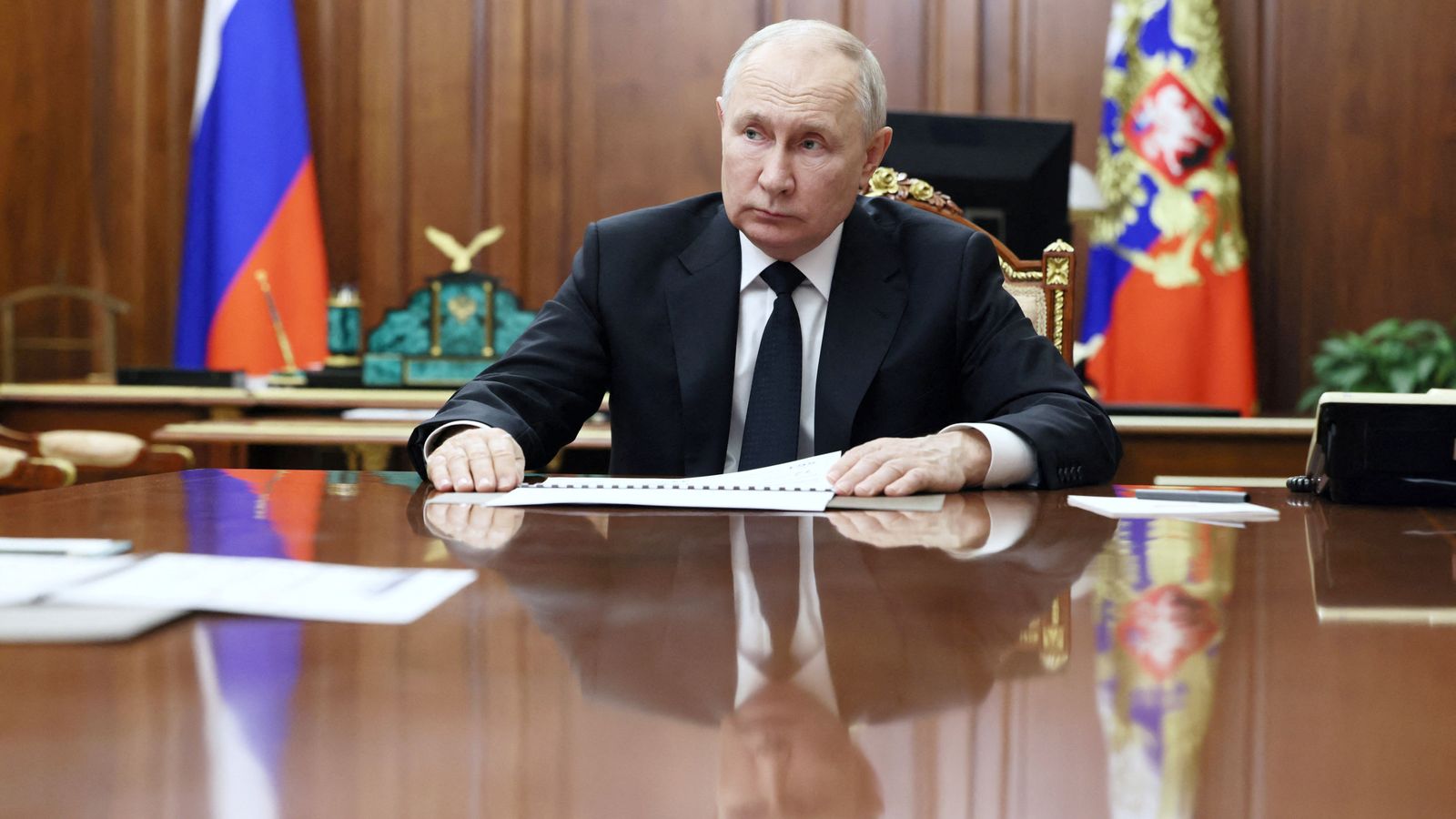In a significant escalation of tensions in the Middle East, an Iraqi Iranian proxy has launched a direct attack on Israel using a drone. This marks the first time since the 1990s that a party in Iraq has attacked Israel, signaling a major shift in the dynamics of the conflict.
The Attack
The drone attack from Iraq represents a symbolic escalation and clearly signals intent. This development comes amidst a backdrop of increasing pressure on Israel from Iran and its proxies.
The ‘Axis of Resistance’
Iran’s strategy in the region has been characterized by the use of proxy forces to exert influence and pressure. This ‘Axis of Resistance’ includes various groups such as Hezbollah, Hamas, and the Houthi rebels in Yemen.
Recently, the Houthi rebels in Yemen launched missiles against Israel and have threatened more attacks. These actions, coupled with constant attacks on US bases, represent a concerted effort by Iran and its proxies to ramp up pressure on both Israel and the United States.
Warnings and Ultimatums
Adding to the tension, there have been reports that Hezbollah and Iran have warned the U.S. that Israel must cease its attacks by Friday. This ultimatum further underscores the seriousness of the situation and highlights the potential for further escalation.
A Temporary Truce?
In light of these developments, Israeli Prime Minister Benjamin Netanyahu is reportedly considering a ‘temporary truce’. This suggests that Iran’s strategy might be working, pressuring Israel to pause hostilities or face further escalation.
Insiders View
The situation in the Middle East is heating up, with various actors engaging in increasingly aggressive actions. The drone attack from Iraq opens a new chapter in this ongoing proxy warfare, signaling a potential shift in regional dynamics. As tensions continue to rise, all eyes are now on how Israel will respond to this mounting pressure.




